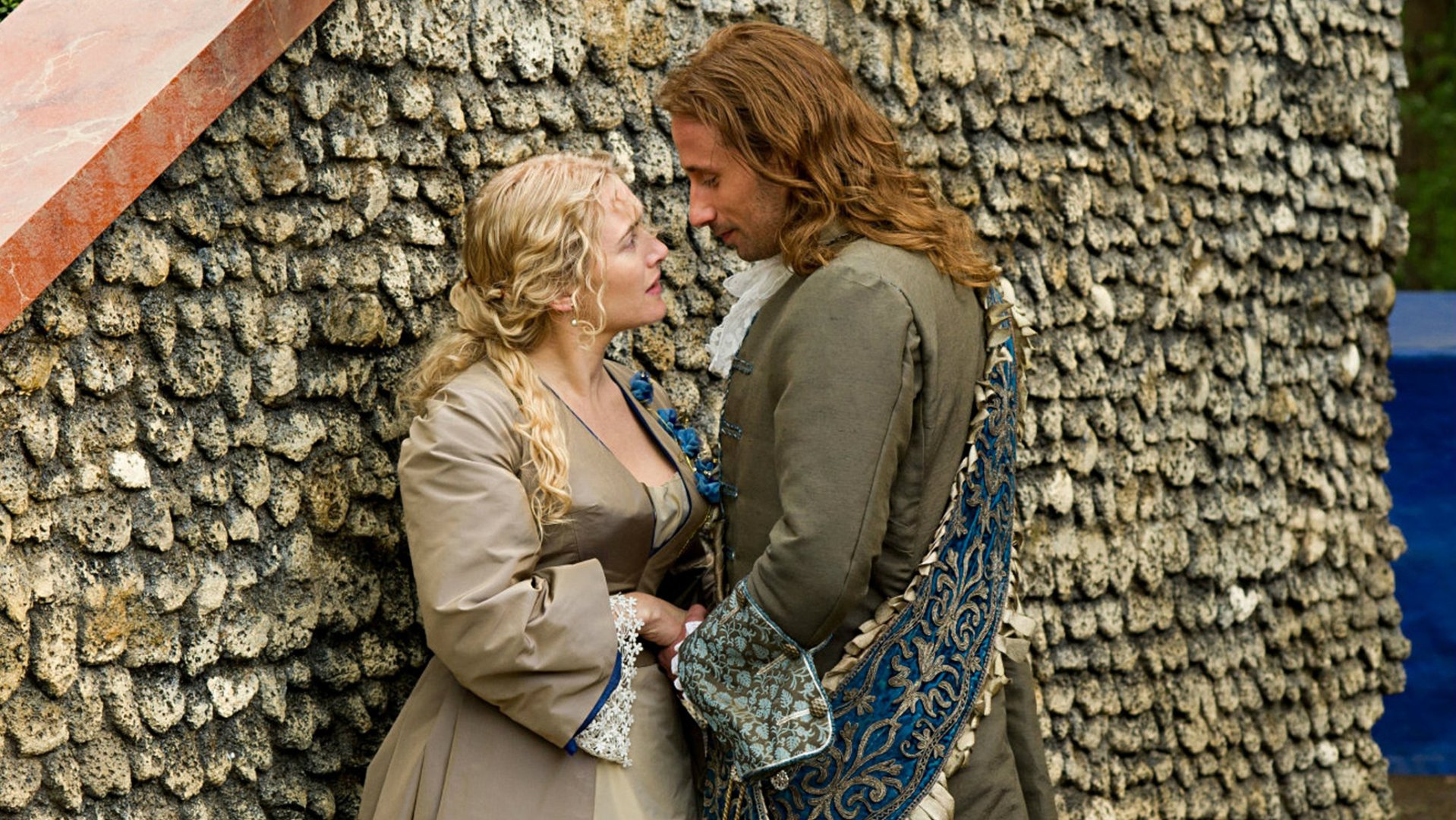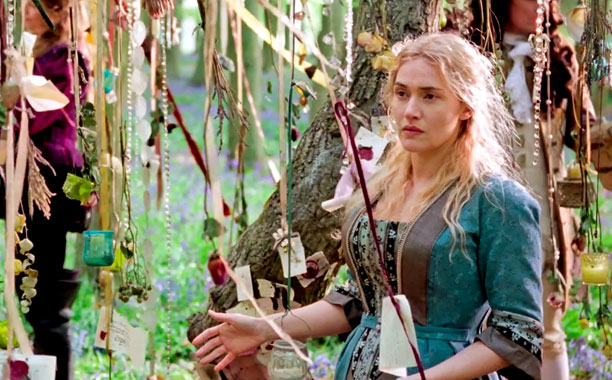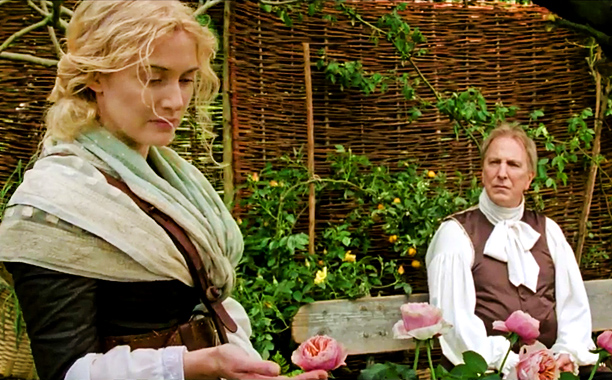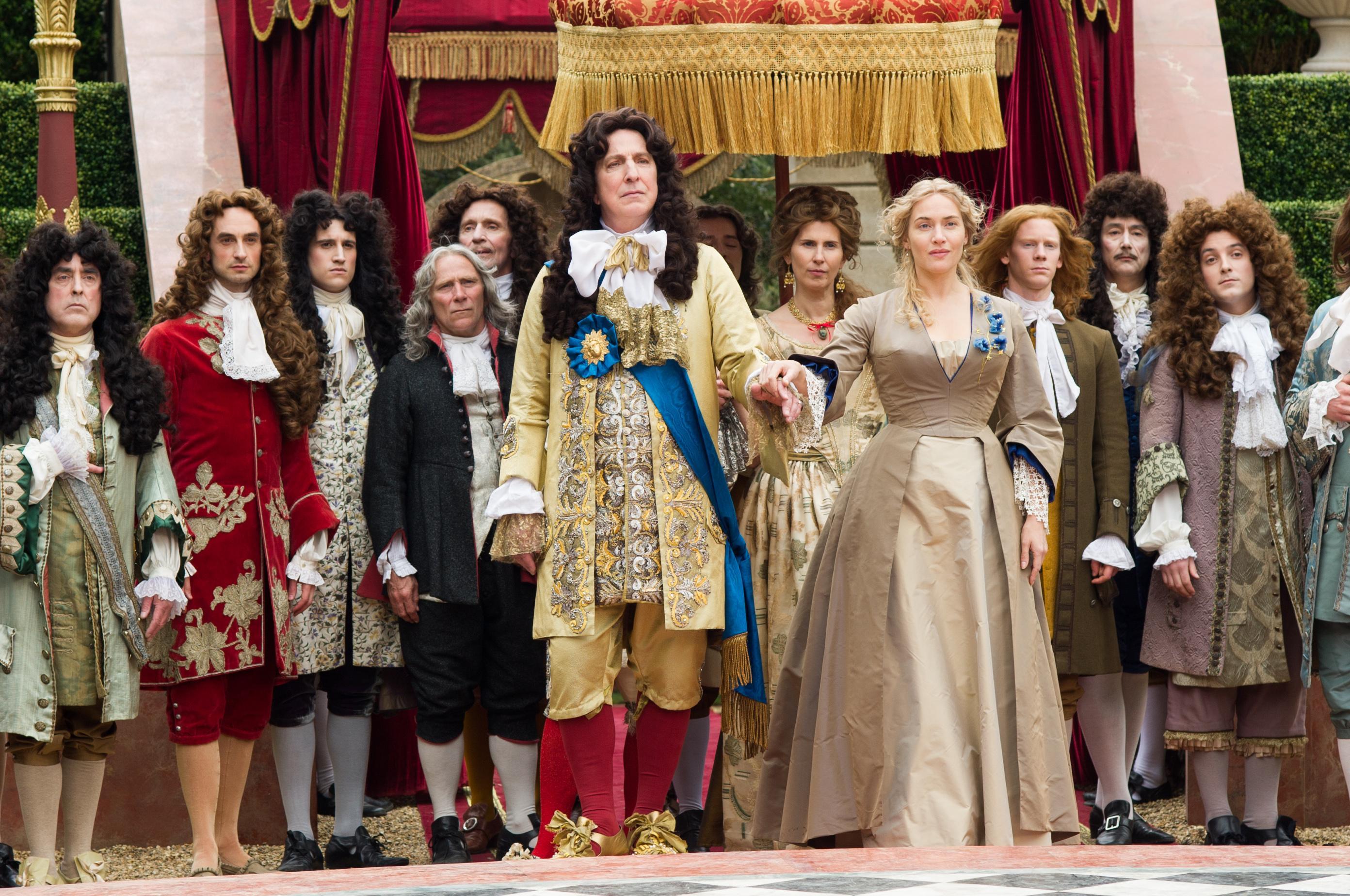One of my favorite lines in Laudato Si (the sprawling new papal encyclical about the theology of environmental stewardship, which you should read even if you, like me, are not Catholic) says, “The entire material universe speaks of God’s love, his boundless affection for us. Soil, water, mountains: everything is, as it were, a caress of God.”
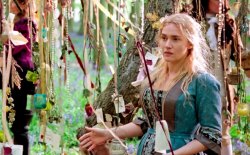 Focus World
Focus WorldEven for the ardent atheist who would never call it “a caress of God,” the sublime and transcendent qualities of nature are hard to ignore. Something about the natural world has a universal appeal for mankind. We’re captivated by the plants, animals, and landscapes around us, in spite (or perhaps because) of their wild and undomesticated qualities. Sometimes we’re drawn in most by the dangerous, chaotic and uncontrollable parts of nature. It’s why we love looking at tigers and gorillas in cages and constantly push the limits of what we can do on mountains, lakes, rivers and oceans without getting killed.
The tension between wild and domesticated nature, between chaos and order, goes back as far as Eden. As one character in A Little Chaos points out, God created us to be gardeners, but after the fall most of us have forgotten how to do that well. Now our “gardening” of nature looks more like exploitation, and as a result the glory of Eden grows ever more dim.
Set in Paris, 1682, A Little Chaos tells a fictionalized story of King Louis XIV’s own attempt to exploit nature for his kingly glory and amusement. Enjoyably portrayed by Alan Rickman (who also directed the movie), Louis is building the Palace of Versailles and its expansive gardens, which he regularly speaks of in religious terms (“heaven shall be here”). He hires a vast army of gardeners and landscape artists to construct his own private Eden. One of them is a middle class woman named Sabine De Barra (Kate Winslet), the landscape artist tasked with creating an “outdoor ballroom” complete with manicured hedges and rustic waterfalls—the perfect royal blend of order and chaos.
De Barra favors the “chaos” side of nature and is a bit of a progressive choice to built the Versailles garden. She’s earthy, organic, and much more comfortable getting her hands dirty than wearing a corset in the king’s court. She has an intuitive understanding of nature and is a bit of a 17th century environmentalist. When another landscape artist suggests building a wasteful aqueduct in the gardens (“Our task is to suppress nature to our will, according to our plans,” he says), De Barra comes up with a more sustainable solution to recycle the water that the fountains use. She does what she can, but ultimately the gloriously opulent project is not concerned with nature’s good as much as the harnessing of its beauty for rich people’s pleasure.
The “outdoor ballroom” De Barry creates at Versailles (the completed version only revealed in the film’s final scene) is a perfect symbol of the way man likes to engineer nature for spectacle and appropriate it for pleasure. It’s the same impulse behind the ill-advised dinosaur making of Jurassic World (a film I think Pope Francis would like). As the aristocrats of Louis XIV’s court dance to baroque minuets just feet away from the rushing wilds of a simulated waterfall, perhaps they felt the same humanist thrill—living on the edge of domesticated order and uncontrollable chaos—that the tourists in Jurassic World feel as they peer out at gigantic reptiles from inside the safety of moving glass orbs. (Never mind that a 20-foot-tall, man-made waterfall is slightly less ominous than the Indominus Rex.)
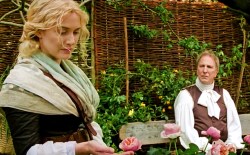 Focus World
Focus WorldChaos suggests that while man is naturally drawn to order (and instinctually good at ordering things, because he is made in the image of God), he also can’t help but be drawn to the danger and thrill of a little chaos. Sometimes that chaos is self-inflicted (sin), as in the affairs and destructive behavior that pop up in the film; other times the chaos is independent of man’s control (the weather, death). Coming to terms with the latter type of chaos is part of the arc of De Barry in the film, as she struggles to understand the tragic death of her young daughter.
But this probably makes A Little Chaos sounds more insightful than it is. It’s actually (fittingly?) a rather chaotic film, very oddly paced and confused about whether it’s a bodice-ripper romance, an environmental treatise, a historical feminist biopic or an exploration of class tension. As much as I discuss it above, the innate drama of gardening as a symbol of mankind’s order-chaos tension barely registers as a thematic interest of the film. Gardening is mostly employed in the film to set up clunky and clichéd metaphors, whether as a joke about gender power structures (“Like a good plant, I submit”) or as an anachronistic statement of egalitarian inclusion (“These gardens should be large enough to embrace voices other than my own.”). The worst is a painstakingly long, melodramatic interchange between De Barra and the king concerning a rose as a metaphor for aging. Groan.
Chaos would have been better had it dwelled more (or entirely) in the nitty gritty of garden work, showing us the visceral beauty of De Barra’s creativity with shrubs, trees, rocks and water rather than hijacking them for metaphors that don’t work. In this way the film does exactly what it at times seems to be critiquing: The whole “our task is to suppress nature to our will” idea. The beauty of Versailles’s gardens are not appreciated in and of themselves in Chaos as much as they are a plot device to set up a discombobulated drama.
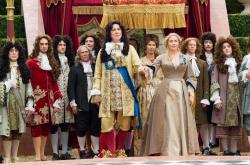 Focus World
Focus WorldAs it is, putting the camera on flowers, trees and the splendor of landscape artistry for two hours would have been far more interesting than this distracted film, which tries to do too much but doesn’t observe any one thing all that well. It’s a classic case of missing the forest for the trees (in this case the “trees” are a bunch of British actors in wigs trying to be dramatic and French).
It’s just another reason why the Pope’s Laudato Si call to approach life with “serene attentiveness” is so urgent. In the midst of our narcissistic, distracted and frenetic lives, we must slow down, focus and take time “to recover a serene harmony with creation . . . contemplating the Creator who lives among us and surrounds us, whose presence ‘must not be contrived but found, uncovered’.”
Caveat Spectator
A Little Chaos is rated R mostly because of a few brief glimpses of nudity and a couple of moderately explicit sex scenes. There is also a scene of a violent carriage crash resulting in a child’s death, which may disturb some.
Brett McCracken is a Los Angeles-based writer and journalist, and author of the books Hipster Christianity: When Church and Cool Collide (Baker, 2010) and Gray Matters: Navigating the Space Between Legalism and Liberty (Baker, 2013). You can follow him @brettmccracken.

